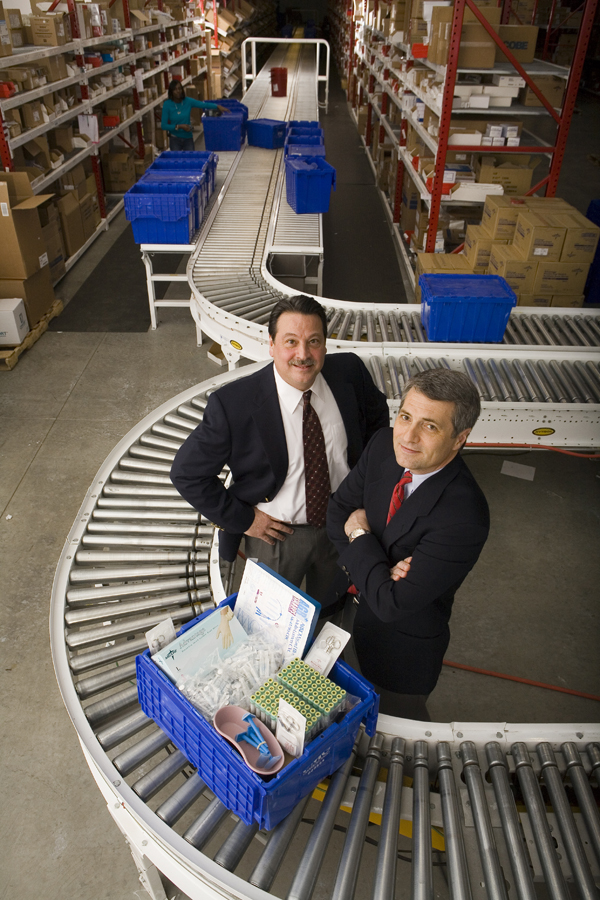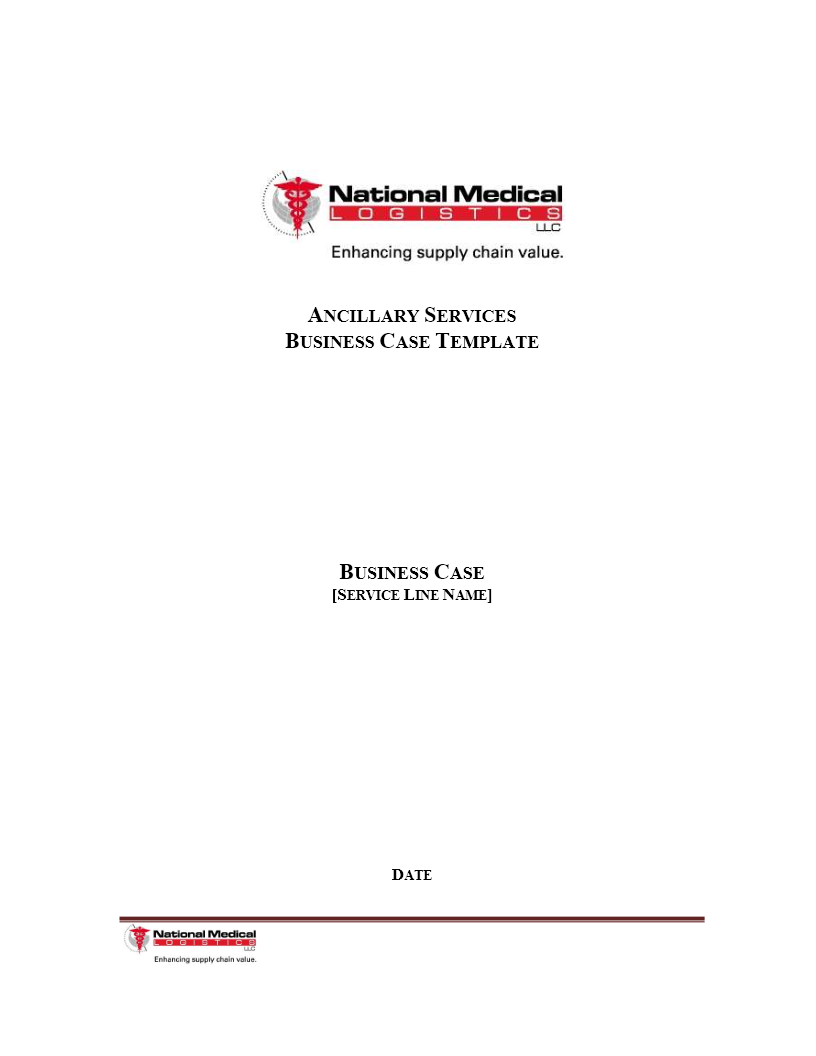Home About NML Services NML Toolkit Senior Team Client List News Contact Us |
|
Healthcare supply chain experts continually focused on reducing operating costs
|
|
| Back Ancillary Service Business Case Development
Ancillary Services is a term used within the NML lexicon that refers to miscellaneous supply chain services such as Records Storage, Shredding, Printing, Linens/Laundry, Pharmacy Services, I.T., Kitting and other related supply chain support activities. While these services are needed for the smooth operation of a hospital, the actual demand can vary significantly from facility to facility. Additionally, there is usually the on-going financial consideration of weighing the economics of outsourcing these services versus self servicing (in-house) from a consolidated services center. Aside from the economic ramifications, part of the decision to consolidate and aggregate any of these services will include determining if you have a facility that can physically accommodate the business process requirements and the associated relocation and/or centralization. Each potential service should be viewed and analyzed independently on a stand-alone basis including the cost/benefit projections. From there, performing an aggregated view of all in-scope services can help determine the overall value. NML suggests assigning this type of project and analysis work to a dedicated group of internal and external team of individuals that will examine all potential in-scope ancillary services for viability and practicality. The team will develop a service model that focuses on maximizing the IDNís flexibility relative to how these services might be structured and staffed specifically related to the centralization aspects that target improved service, infrastructure leverage and logistical efficiency. By combining the service volume requirements of multiple facilities and centralizing the actual activity within one location, leverage and economies of scale are often created that are better than each facility pursuing them individually. Also, since this model most likely will include a centralized transportation network, i.e., vehicles coming and going from the facility carrying supplies to an outlying network of hospitals, it is logical to consolidate these activities. The answers to the following questions will help evaluate your organizationís interest.
Developing a business case document as part of the analysis will help you communicate results, determine viability and begin to plan the associated activities. Price: $495.00 |
|

|
